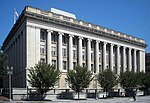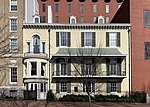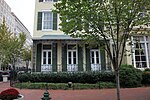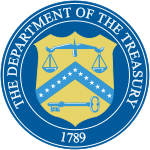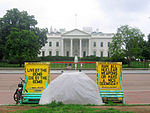Statue of the Marquis de Lafayette (Washington, D.C.)
1890 sculpturesAmerican Revolution StatuaryBronze sculptures in Washington, D.C.Cultural depictions of Gilbert du Motier, Marquis de LafayetteHistoric district contributing properties in Washington, D.C. ... and 5 more
NRHP infobox with nocatNorthwest (Washington, D.C.)Sculptures of children in the United StatesSculptures of women in Washington, D.C.Statues of military officers

Major General Marquis Gilbert de Lafayette is a statue in the southeast corner of Lafayette Square, in Washington, D.C., near the junction of Pennsylvania Avenue with Madison Place and close to the White House. The statue was erected in 1891 to honor Gilbert du Motier, Marquis de Lafayette and his contribution in the American Revolutionary War. The square, originally part of the President's Park, was named in honor of the Marquis in 1824. The statuary was made by Alexandre Falguière and Antonin Mercié, and the architect who designed the marble pedestal was Paul Pujol.
Excerpt from the Wikipedia article Statue of the Marquis de Lafayette (Washington, D.C.) (License: CC BY-SA 3.0, Authors, Images).Statue of the Marquis de Lafayette (Washington, D.C.)
Pennsylvania Avenue Northwest, Washington
Geographical coordinates (GPS) Address Nearby Places Show on map
Geographical coordinates (GPS)
| Latitude | Longitude |
|---|---|
| N 38.898888888889 ° | E -77.035277777778 ° |
Address
361
Pennsylvania Avenue Northwest
20006 Washington
District of Columbia, United States
Open on Google Maps
